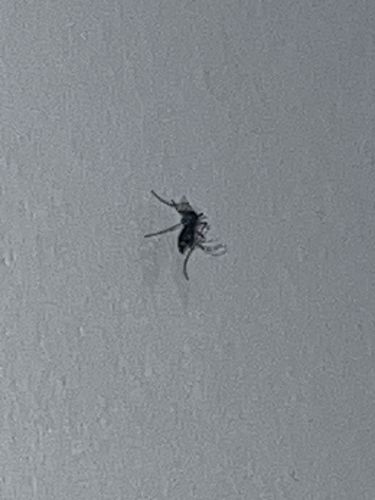Ant
Scientific Name: Formicidae
Order & Family: Hymenoptera, Formicidae
Size: Typically 2 to 20 mm, depending on the species.

Natural Habitat
Ants are found in nearly all terrestrial environments, including forests, deserts, grasslands, and urban areas. They typically create nests underground, in wood, under rocks, or in plant cavities.
Diet & Feeding
Ants are omnivorous, consuming a wide range of food sources including nectar, seeds, fungi, other insects (live or dead), and honeydew produced by aphids. Some species are specialized predators or herbivores.
Behavior Patterns
Ants are social insects that live in colonies, which can range in size from a few dozen to millions of individuals. They exhibit complex social structures with a caste system (queen, workers, males). They are known for their organized foraging, building elaborate nests, and chemical communication.
Risks & Benefits
Benefits: Ants play vital roles in ecosystems, including soil aeration, seed dispersal, nutrient recycling, and pest control (preying on other insects). Risks: Some species can be considered pests when they invade homes, contaminate food, or cause structural damage. Certain species, like fire ants, can inflict painful stings.
Identified on: 9/26/2025